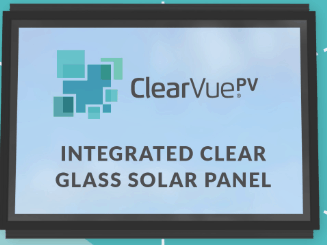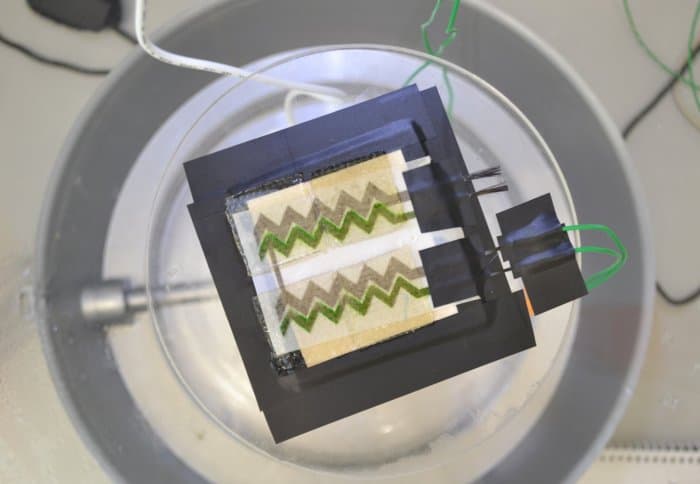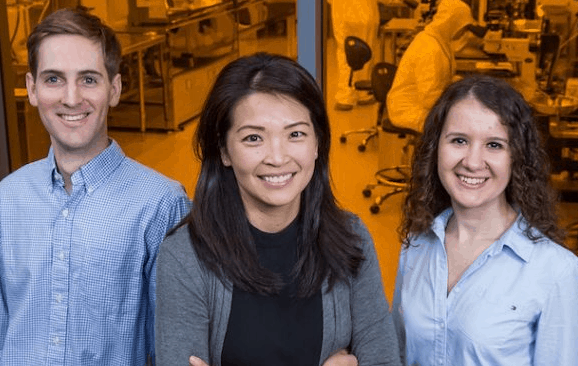Australian building material developer ClearVue Technologies have had some good news this week – with their commercial solar windows passing the Australian Standard AS 2047, thus preparing them to market the products across Australia.
Commercial Solar Windows
We’ve written about the ClearVue integrated clear glass solar panel before – they’ve had a successful IPO, have updated their technology a couple times, and seem to be ready to really get started selling commercial solar windows to Australia and the overseas market.

Clearvue’s BIPV (Building Integrated Photovoltaic) offering the implementation of solar technology into frame-independent Insulated Glass Units which will house the ClearVue integrated clear glass solar panel. Using industry standard frames means their tech will be easy to offer to commercial buildings Australia-wide.
SmallCaps are reporting that ClearVue is separately undertaking AS 4284 certification-testing on its glass curtain wall product with results expected in August. In Europe, ClearVue has also started the process to receive CE Mark certification and allow its products to be sold in the EU. The results are expected to be received in August as well. Lastly, in America, ClearVue intends to commence US certification in the “next quarter” (Q4 2018).
Executive chairman Victor Rosenberg spoke about the accreditation and ClearVue’s plans for the future:
“The accreditation by the AWA of the ClearVue window product to AS 2047 represents a giant leap forward for the company. With this step, we have now moved from being a research company into a commercial operation and are now able to commercialise our product in the Australian market. We are on track with the business plan outlined in our Prospectus and look forward to being able to announce to the market similar certifications and accreditations shortly,” said Mr Rosenberg.




